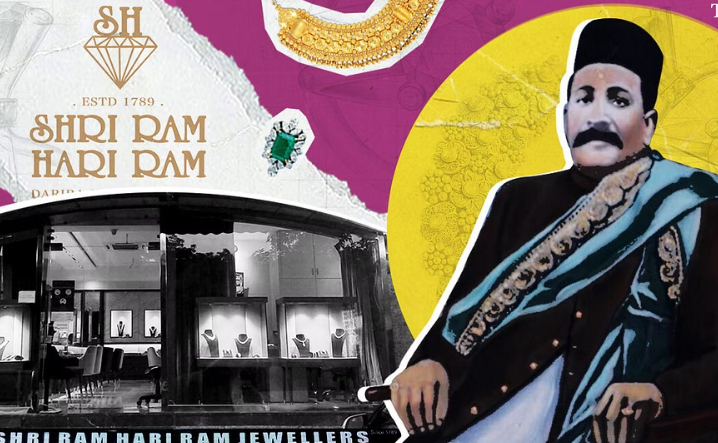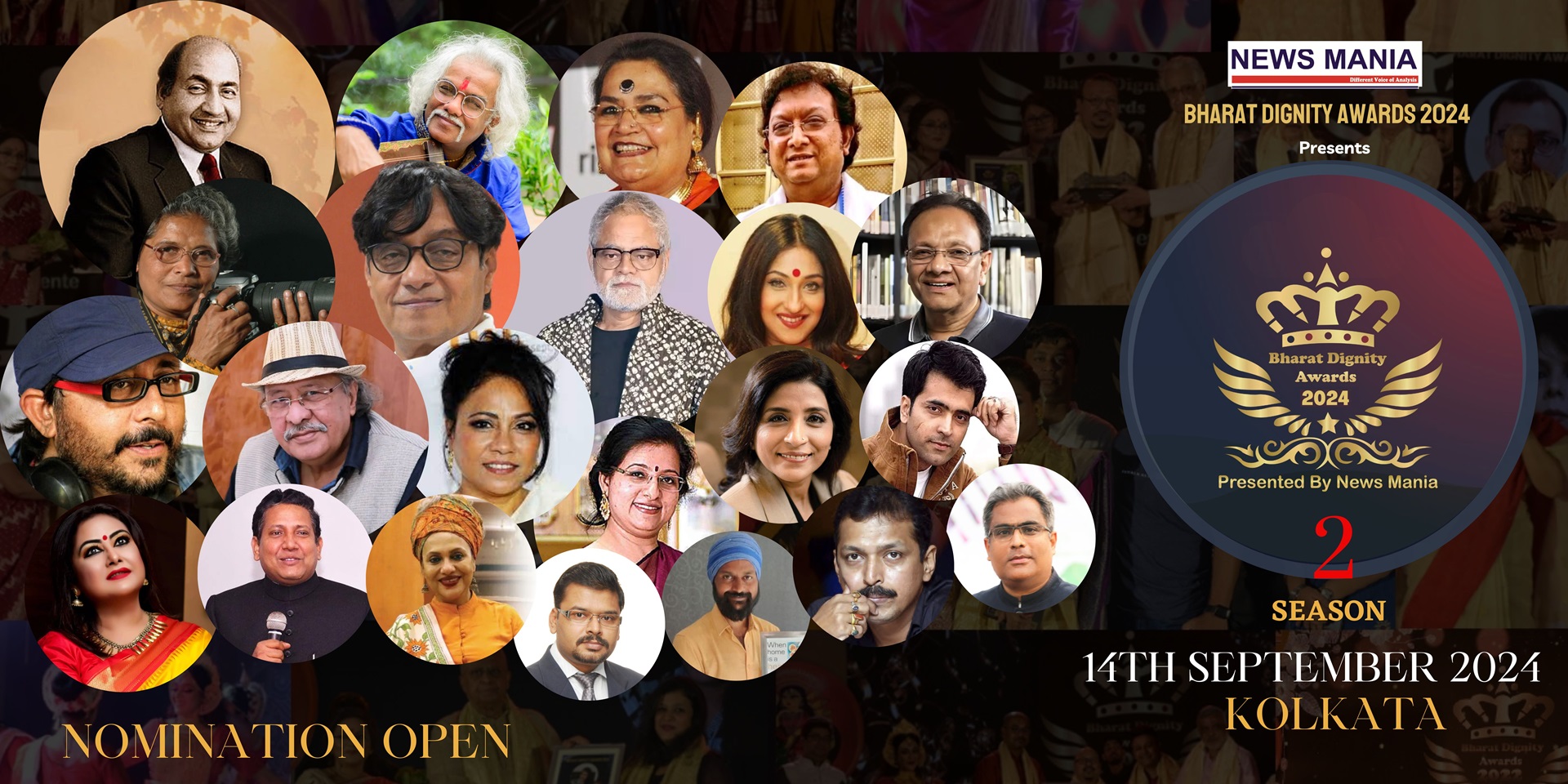Jewelers For The Royals, From Bahadur Shah Zafar Through The Nizam Of Hyderabad

The sale of an 11-carat Pink Star diamond for an incredible $57 million to an unidentified buyer at a Sotheby’s auction in Hong Kong has caused a stir in the international jewelry industry. The deal established a record for the highest price paid per carat for a diamond, despite the Russia-Ukraine war and the unstable global economy. The most intriguing aspect is that this sale price is more than twice what it was predicted to cost.
While sipping his masala tea, Dhruv Gupta comments, “Not at all surprised.”
Where there are surprises every day
Shri Ram Hari Ram (SRHR) got its start as the Mughal ruler Bahadur Shah Zafar’s go-to silversmith. The king resided at the Red Fort, and his favorite jewelers had a shop in Dariba, the renowned jewelry bazaar, in Chandni Chowk’s Vakil Pura neighborhood. There were no ready-made jewelry products on the show back then. Each piece was designed specifically for the female members of the different royal gharanas. Jewelers were one of the few professions for which the royal women removed their veils in order to try on customized items.
All goods, including the anklets (pajeeb), waistbands (kummarbands), and hair braids, were handmade and made of pure silver, which came in 30-kilogram solid blocks or “sillee” (mathapatti). For southern royals, artifacts and curios; for Bihar and Bengal royals, paandaans and serving ware; for everyone else, religious artifacts and coinage.
As jewelry with precious stones became more popular, the SRHR repertory expanded to include new designs with gold, stone, and diamond work. Their commitment to excellence at work has not changed. They still buy back their own items without a receipt as they did a century ago.
Today’s modern jewelers like to plaster their faces all over billboards and seize any opportunity to be seen in print and online media, but for “khandani” jewelers like SRHR, discretion was and is still a top priority. If one were to consider their family fables, there is a valid reason for this. The royal families sold back to their dependable jewelers in difficult times even though they bought in prosperous times. To preserve the renown of the royal gharana, however, all dealings were kept secret.
Jewelry and royale prestige
The Nizam was once called Brijmohan Gupta, the grandfather of Dhruv Gupta, to Hyderabad in the 1960s. Brijmohan, a thrifty man with straightforward habits, boarded a train to get to the Hyderabad palace. The Nizam directly requested that he purchase his antique “Pachchikam” from the 18th century. The “Pachchikam,” which means “the back,” is a piece of Deccan craftsmanship that is adorned with enormous emeralds, diamonds, and pearls. It has a silver casing at the back and gold work upfront. On days of the public Darbar, emperors would typically wear these enormous pieces. Brijmohan continued to work in Hyderabad without seeking any clarification in order to acquire the enormous cash required to purchase this object. After giving Nizam the money, the jeweler was left with the hazardous duty of transporting this massive necklace back to Delhi. He carefully considered his options before putting the “Pachchikam” around his own neck and wearing three vests on top to conceal it. Once again aboard the train, he remained motionless in his coupe until he arrived in Delhi without incident while wearing the cumbersome “Pachchikam” around his neck.
The traditional jewelers did not consider themselves to be providers of luxury. rather as kaarigars or as laborers doing a useful service. The philanthropy of the “khandaani” jewelers was their passion. One’s reputation wasn’t determined by the size of their home, but rather by the number of lodges (Dharamshala), religious discourses (kathas), and temples they funded. In order to swim in the Yamuna and then visit the Neeli Chhatri Mandir, which, in accordance with local legend, was built by Draupadi during the Mahabharat, Brijmohan Gupta would get up before dawn. The jeweler was so entranced by the aura of this temple that he embellished all of its stone statues with silver filigree or Chandi Patra. This inspired other old Delhi jewelers to follow the fashion.
Dariba Jewellers, led by Brijmohan Gupta, openly criticized the policy when Prime Minister Indira Gandhi introduced the Gold Control Act in 1968, which placed a strict limit on individual gold holding. As a result, the company ran into trouble with the establishment. It truly amazed everyone that a quiet jeweler from Purani Dilli could take on the might of the establishment while Mrs. Gandhi was prime minister.
News Mania Desk






